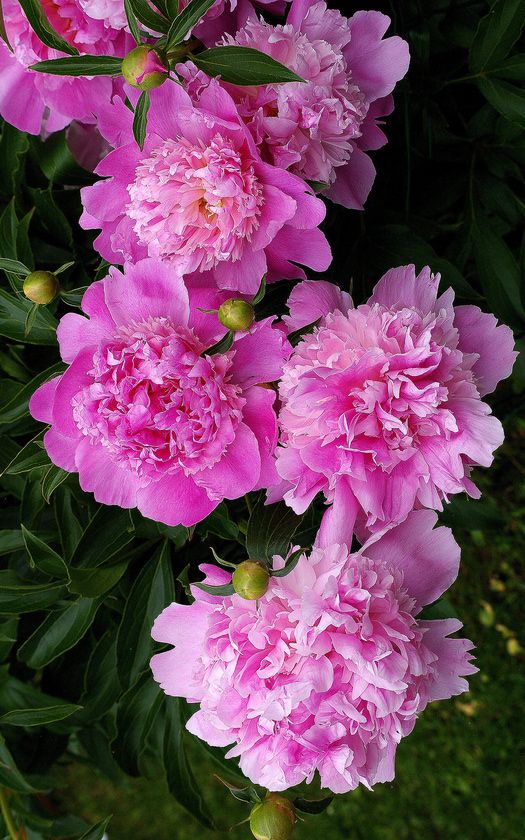Elevating Peony Performance: Organic Soil Amendments for Optimal Health
The foundation of a thriving peony garden lies in the soil. Enhancing soil health with organic amendments provides essential nutrients, improves soil structure, and fosters a supportive environment for robust peony growth and blooming. By incorporating organic materials rich in organic matter, beneficial microbes, and trace minerals, you can cultivate nutrient-rich soil that nourishes peonies and promotes their vigor and resilience. Here’s how to elevate peony soil health with organic amendments for optimal performance.








1. Compost: Nature’s Nutrient Booster
- Benefits: Compost is a powerhouse of organic matter, beneficial microorganisms, and essential nutrients that improve soil structure, water retention, and nutrient availability. Incorporating compost into peony beds enriches the soil with vital nutrients, enhances microbial activity, and supports healthy root development.
- Application: Spread a 2-3 inch layer of mature compost evenly over the soil surface around peony plants, avoiding direct contact with stems or foliage. Work the compost into the top few inches of soil using a garden fork or rake, ensuring thorough incorporation without damaging delicate roots.
2. Manure: Natural Fertilizer and Soil Conditioner
- Benefits: Well-rotted animal manure, such as composted cow or horse manure, serves as a natural fertilizer and soil conditioner, enriching the soil with nitrogen, phosphorus, potassium, and organic matter. Manure improves soil structure, enhances nutrient retention, and promotes beneficial microbial activity in the soil.
- Application: Apply a layer of composted manure around peony plants in early spring or fall, incorporating it into the soil surface to a depth of 4-6 inches. Avoid fresh manure, which may contain high levels of ammonia and pathogens that can harm peonies.
3. Bone Meal: Boosting Flower Production
- Benefits: Bone meal is a natural source of phosphorus, essential for promoting healthy root development and robust flower production in peonies. Incorporating bone meal into the soil provides a slow-release source of phosphorus, supporting vigorous growth and abundant blooms.
- Application: Mix bone meal into the soil at planting time or apply it as a side dressing around established peony plants in early spring. Follow the recommended application rate based on soil test results or product instructions to avoid overapplication.
4. Organic Mulch: Moisture Retention and Weed Suppression
- Benefits: Organic mulches such as shredded leaves, straw, or wood chips provide multiple benefits for peony soil health, including moisture retention, weed suppression, and temperature regulation. Mulching helps conserve soil moisture, reduces weed competition, and improves soil structure as it breaks down over time.
- Application: Spread a 2-3 inch layer of organic mulch around peony plants, leaving a gap around the stems to prevent moisture-related diseases. Replenish the mulch layer as needed to maintain a consistent depth and maximize its benefits throughout the growing season.
Conclusion
Elevating peony soil health with organic amendments is essential for fostering vigorous growth, abundant blooming, and long-term resilience. By incorporating compost, manure, bone meal, and organic mulch into peony beds, you can enrich the soil with essential nutrients, improve soil structure, and create a supportive environment for healthy peony growth. Embrace organic gardening practices to nurture your peonies and enjoy their beauty for years to come.
FAQs (Frequently Asked Questions)
- How often should I apply organic amendments to peony soil?
- Organic amendments such as compost and manure can be applied to peony soil once or twice a year, typically in early spring and fall. Bone meal can be applied annually in spring or as needed based on soil test results. Mulch should be replenished as needed throughout the growing season to maintain a consistent layer.
- Can I use synthetic fertilizers instead of organic amendments for peonies?
- While synthetic fertilizers can provide quick-release nutrients, they may contribute to soil degradation and nutrient imbalances over time. Organic amendments offer long-term benefits for soil health, microbial activity, and plant vitality without the risk of chemical runoff or soil compaction.